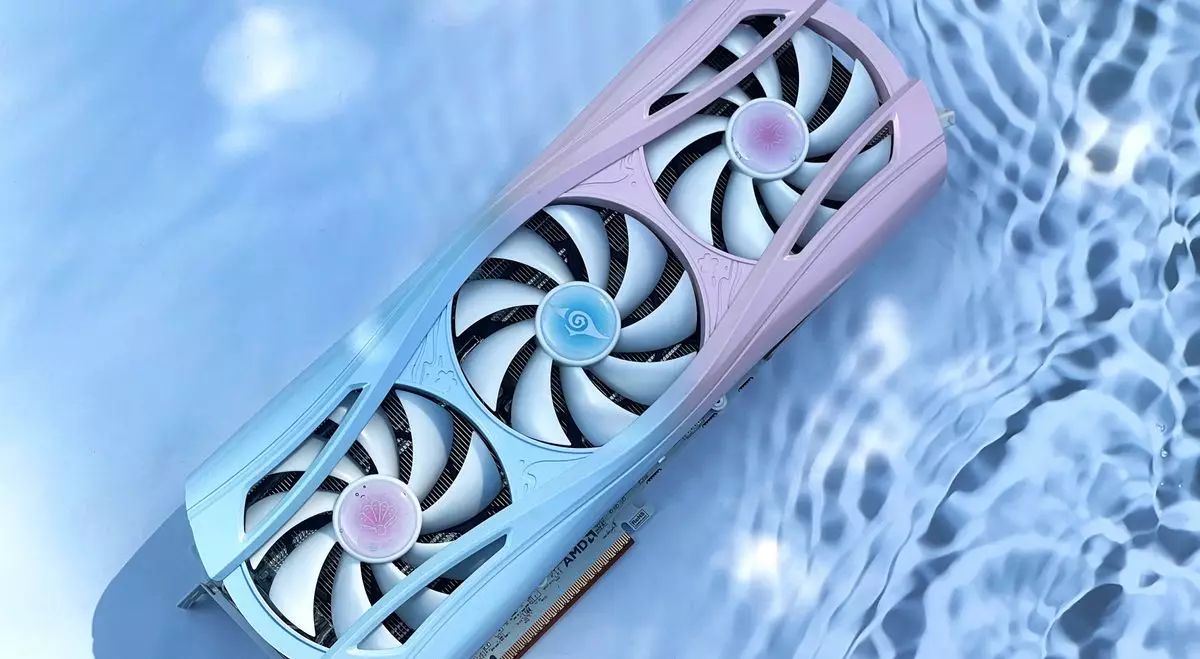In the ever-evolving landscape of graphics processing units (GPUs), AMD stands at a critical juncture with the launch of its Radeon RX 9070 and 9070 XT models. The clamor for these new cards has reached fever pitch, sparking discussions about supply, pricing, and the overall health of the market. A key question posed to AMD’s David McAfee is particularly poignant: what strategies will AMD implement to ensure that consumers can acquire these graphics cards at close to their manufacturer’s suggested retail price (MSRP)? The current market dynamics paint a picture that’s more nuanced than simple supply and demand.
The ebbs and flows of GPU supplies have marred the industry for years, with AMD facing its own challenges despite not suffering to the same extent as competitors like Nvidia. The graphics market is notorious for rapid sellouts followed by even more rapid price inflation above MSRP. As consumers and enthusiasts alike impatiently await reliable availability, the constant fluctuation in market conditions begs the question of whether AMD’s commitments can materialize into reality.
Restocking as a Top Priority
McAfee’s remarks reveal that AMD’s primary focus is on restocking its product line with its partners. The strategy revolves around reinforcing their supply channels to ensure users can attain their graphics cards without breaking the bank. “Priority number one is restocking all of our partners,” says McAfee, encapsulating AMD’s urgent need for replenishment in the face of overwhelming demand. The sentiment is clear: AMD is committing to an orderly supply chain where both retailers and manufacturers play a vital role in maintaining market stability.
However, what’s critical to note is the complexity involved in orchestrating market supply. Unlike CPUs that go directly from AMD to consumers, GPUs navigate a convoluted path where multiple manufacturers decide on product designs. This intricacy leads to variability in how dearly these cards are priced at retail, complicating the promise of affordability. Additionally, while AMD has the leverage to produce reference designs, their decision to refrain from distributing such designs during this launch further complicates control over final pricing. This relinquishment hints at a strategic choice—AMD trusts its partners to deliver competitive pricing but may inadvertently expose itself to market volatility.
Understanding Market Dynamics and Demand
The vibrant launch of the RX 9070 series indicates that consumer demand is not merely healthy—it’s robust, verging on insatiable. McAfee highlighted the allure of the RDNA 4 architecture, expressing satisfaction with the early sales numbers. However, one must ask whether the current enthusiasm translates into long-term sustainability. Consumers are still reeling from a market fraught with scarcity, unable to simply “jump online” and purchase a new card without facing the prospect of inflated price tags and low availability.
The supply chain is often painted as a black box, where layers of wholesalers, retailers, and manufacturers overlap, leading to unpredictable pricing structures. Given that no RX 9070 XT GPUs are currently in stock on major ecommerce platforms like Newegg, we find ourselves staring at a precipice—a stark reflection of the ongoing scarcity and the sheer demand that persists. The pressing question remains: how long will this inequity last? It’s a testament to the lingering issues in the GPU landscape, where customers have had to endure years of market instability.
Future Outlook: Can AMD Deliver?
As whispers of normalized prices and accessibility resound through the tech community, it’s prudent for consumers to retain a sense of cautious optimism. While AMD seems poised to enhance supply levels in the coming months, the timeline for complete stabilization remains unclear. Looking ahead, many anticipate that a balance will eventually be struck, perhaps as early as summer. However, industry insiders and consumers alike know that the GPU market has been in this holding pattern before—waiting for equilibrium has felt like an infinite loop.
What does AMD need to do to reassure its base? Transparent communication about supply timelines, potential price drops, and ongoing production efforts will be key in maintaining consumer confidence. Moreover, whether AMD can truly shift from a period of scarcity to a future where customers can readily purchase their products at MSRP will ultimately depend on how well they can navigate the complexities of a fragmented market.
In a time where technology enthusiasts yearn for affordable choices, AMD’s pathway to ensuring that the RX 9070 series remains viable at a fair price will be closely scrutinized. Energy-efficient performance, appealing features, and competitive pricing are cornerstones that could transform AMD’s current narrative from one of scarcity to one of abundance. As the industry continues to evolve, so too must AMD innovate and adapt to the needs of its customers.

